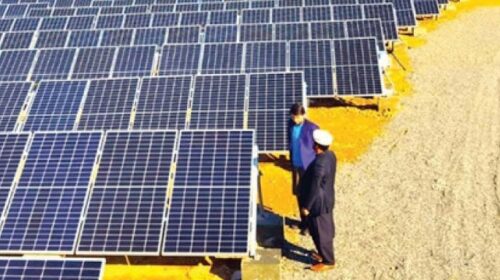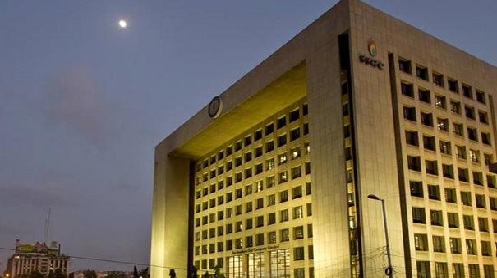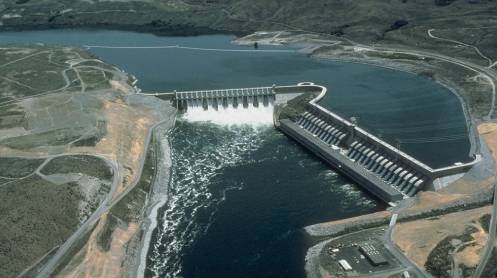Pakistan, facing severe natural gas shortage over the last few years, is growing its dependence on liquefied natural
gas (LNG).
The government needs to explore alternative energy sources to save the environment as well as spending on LNG imports. It should consider transitioning to green energy options like solar and wind that can provide cheap and environment-friendly energy sources to the consumers.
These were the findings of two reports “Gas Monitor – Pakistan” and “Tabeer LNG Terminal, Socio-Economic and Environmental Analysis”, launched on Friday by a civil society organisation – the Indus Consortium.
The event was attended by the academics, independent researchers, renewable energy supporters and others.
These reports highlight Pakistan’s gas sector and investigate the green initiatives underscoring core social responsibility of the government and civil society.
University of Sindh Jamshoro Centre for Environmental Sciences Director Dr Amanullah Mahar said LNG being fossil gas was a very high carbon-intensive fuel and could not be called the “transition fuel source” to a cleaner energy system.
“Fossil gas (methane) may be leaked from re-gasification, transport, consumption and processing. It is the second most abundant anthropogenic greenhouse gas after carbon dioxide and responsible for 20% of worldwide atmospheric emissions. It is 25 times more potent than CO2 as the atmospheric heat absorber,”
he explained.
Independent sustainability consultant Fatima Fasih pointed out that by looking at the global LNG markets and their volatility, it was clear that LNG was no longer a financially viable source of fuel.
“Instead of focusing on short-term monetary gains and quick gains for the economy, the public and private institutions should focus on building stronger energy security within Pakistan and develop a greener economy through an equitable transition towards







